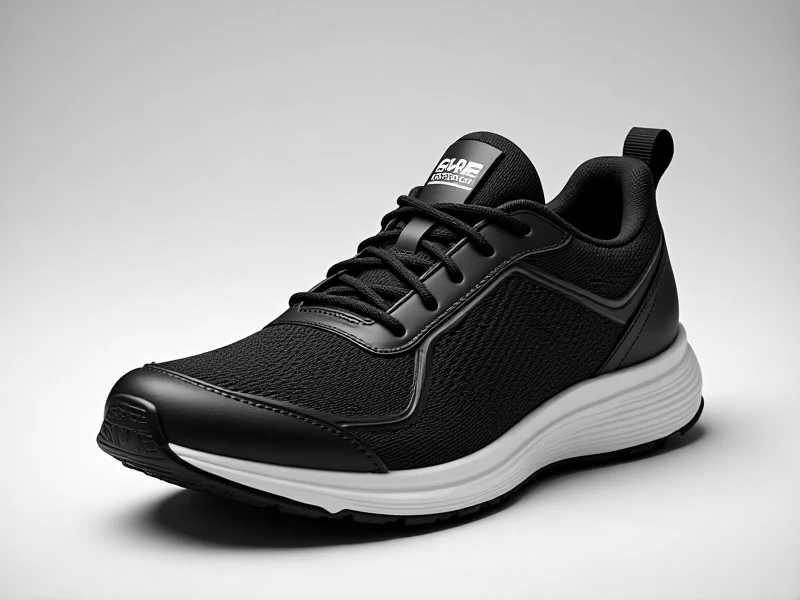
The Ultimate Guide to Choosing Your Perfect Pair of Training Shoes
Finding the ideal training shoes is crucial for peak performance and injury prevention, whether you're lifting weights, tackling HIIT sessions, or mastering agility drills. Unlike specialized running shoes or basketball sneakers, genuine training shoes are engineered for dynamic, multi-directional movement. Understanding the key features helps you invest wisely.
Prioritize Versatile Support & Stability Training shoes excel in providing lateral stability – essential for side lunges, box jumps, or rapid direction changes. Look for a wider base and reinforced sidewalls. A firm yet responsive midsole cushions impact during jumps without sacrificing the stable platform needed for heavy lifts. Overly soft running shoe midsoles can compromise form during squats.
Traction is Non-Negotiable Look for multi-directional grip patterns on the outsole. Flat, flexible rubber soles offer the best "feel" for lifting and pivot effortlessly during functional training. Durable rubber compounds withstand gym floor friction while providing reliable traction on clean indoor surfaces.
Fit Fundamentals: Lockdown & Room to Move An exact fit is paramount. Your heel should be securely locked in place to prevent slippage during lifts. However, adequate toe box width allows natural splay and micro-movements during dynamic exercises. Consider going half a size up if needed, but ensure the midfoot stays snug. Always try them on with your typical training socks.
Breathability Meets Durability Mesh uppers keep feet cool during intense sweat sessions, while synthetic overlays add structure and longevity. Look for welded reinforcements around high-stress areas near the big toe and little toe joints. Remember, lightweight doesn’t always mean durable – find the right balance for your training volume.
Training Floors vs. Outdoor Surfaces While primarily designed for indoor gyms, many training shoes handle outdoor turf, track work, or pavement well. Check if the rubber compound is softer for outdoor grip but consider faster wear. Truly durable hybrid models often feature tougher tread patterns.
Top Tips Before You Buy
- Match Your Main Activity: If mostly lifting, prioritize stability and a flatter heel-to-toe drop (~0-4mm). For CrossFit or versatile circuits, seek slightly more cushion and pivot points.
- Rotate Shoes: Dedicated lifters benefit from hard, flat-soled shoes. Pure runners need running-specific cushioning. Don’t wear your training shoes for everything.
- Replace Proactively: Worn-out soles or compressed cushion compromise support and put you at risk. Monitor wear and replace every 6-12 months with regular training.
Investing in the right training shoes enhances comfort, protects your body, and ultimately improves your results. Forget one-size-fits-all solutions. Try several top training shoe options, moving through your workout staples right in the store. Your feet, knees, and performance will thank you. Ready to upgrade your gear? Explore our in-depth Spring Training Shoe Guide for top model comparisons!